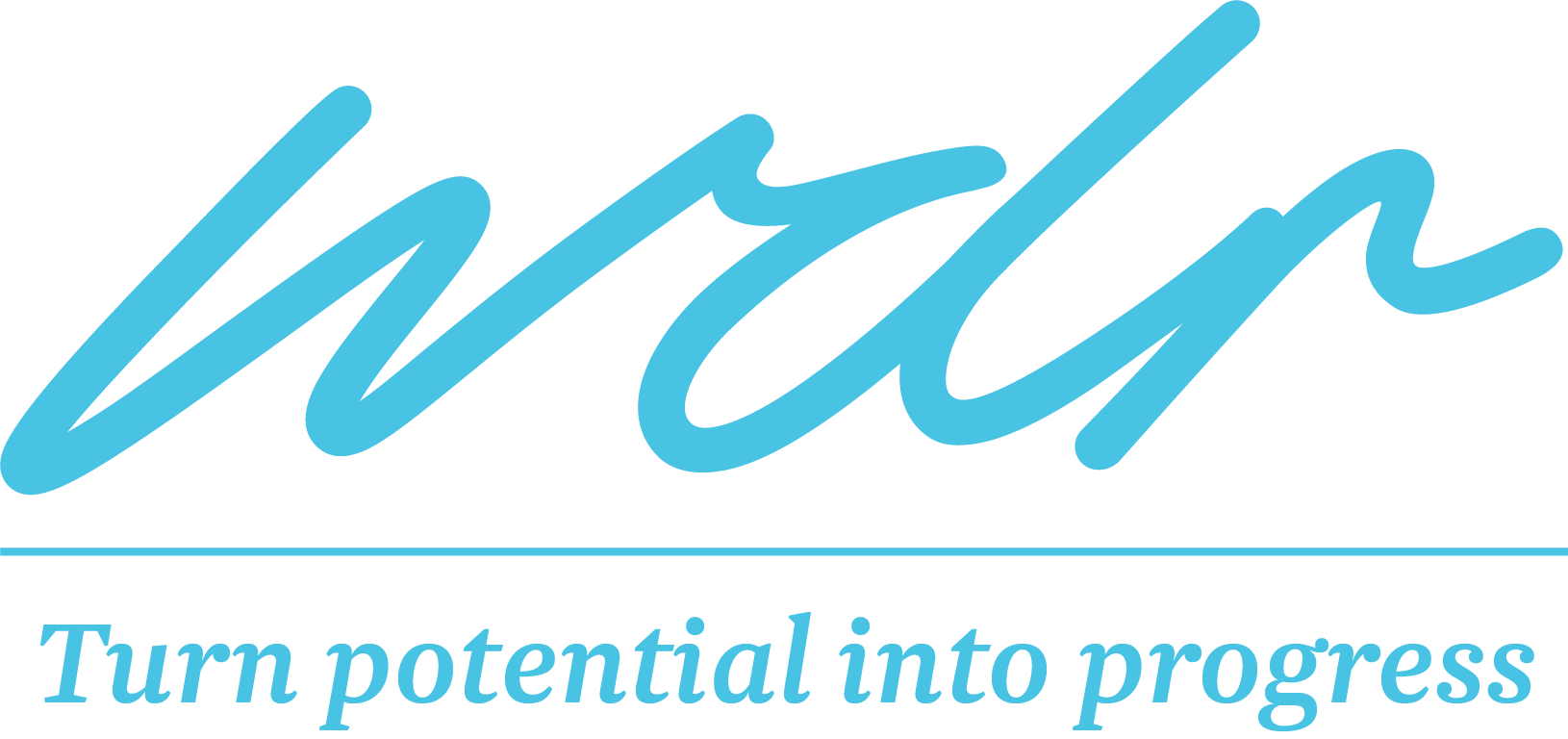In the traditional business model focused on performance and financial short-term targets the space for creativity is often neglected. But that is at a cost. Creating a culture of creativity in the workplace can lead to a wide range of benefits, both for employees and the organisation as a whole.
Why Learning is a Mindset not an Action
Learning is a mindset because it requires a willingness to engage with new information and ideas, to seek out knowledge, and to continuously expand one’s understanding of the world. This mindset involves being open-minded, curious, and willing to make mistakes and learn from them.
In the traditional business model focused on performance and financial short-term targets the space for creativity is often neglected. But that is at a cost. Creating a culture of creativity in the workplace can lead to a wide range of benefits, both for employees and the organisation as a whole. Here are some of the main benefits:
• Increased innovation: A culture of creativity encourages employees to think outside the box and come up with innovative solutions to problems. This can lead to the development of new products, services, and processes that can help the business stay competitive in the marketplace. A McKinsey survey revealed that employees felt the main inhibitor of innovation was a lack of creative culture in the organisation.
• Improved problem-solving: Creative thinking is essential for problem-solving. When employees are encouraged to think creatively, they are more likely to come up with unique and effective solutions to challenges that arise in the workplace.
• Higher employee engagement: When employees are given the freedom to be creative, they are more engaged in their work. They feel more invested in the success of the organisation and are more motivated to contribute to its growth.
• Increased collaboration: Creativity often thrives in a collaborative environment. When employees are encouraged to work together and share their ideas, they are more likely to come up with innovative solutions that benefit the organisation as a whole.
• Improved morale: When employees are given the opportunity to be creative and take risks, they feel more valued and fulfilled in their work. This can lead to improved morale and job satisfaction, which can help to reduce turnover and improve retention rates.
• Increased adaptability: A culture of creativity fosters an environment of flexibility and adaptability. Employees who are encouraged to be creative are better able to adapt to changing circumstances and navigate uncertainty.
Ok, you’ve convinced me. I can see how creating a culture of creativity in the workplace can help us stay competitive, increase employee engagement and collaboration, and improve overall morale and job satisfaction. So how do we do it?
Creating a culture of creativity involves fostering an environment that encourages and supports innovative thinking, experimentation, and risk-taking. And largely this works best when created top-down. Employees who see the cultural behaviour modelled in their senior management feel more able to explore creative thinking.
So if you’re in senior management here are some steps that can help in creating a culture of creativity:
1. Encourage and reward innovation: Encourage your employees to think creatively by giving them the freedom to come up with new ideas and solutions. Recognise and reward employees who come up with innovative ideas.
2. Provide resources and tools: Provide your employees with the resources and tools they need to be creative, such as time, money, technology, and training.
3. Foster collaboration: Encourage collaboration among employees by creating opportunities for them to work together on projects and brainstorm ideas.
4. Celebrate failures: Failure is an inevitable part of the creative process. Encourage your employees to take risks and learn from their failures. Celebrate failures as opportunities for growth and learning.
5. Lead by example: As a leader, demonstrate a willingness to take risks and try new things. Encourage experimentation and model the behaviour you want to see in your employees.
6. Encourage learning and development: Provide opportunities for your employees to learn new skills and expand their knowledge. Encourage them to attend conferences, workshops, and training sessions.
7. Create a positive work environment: Create a work environment that fosters creativity by promoting open communication, trust, and respect among employees. Encourage a culture of positivity and celebrate successes.







